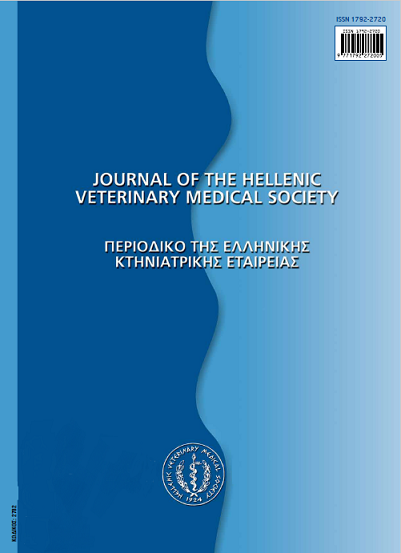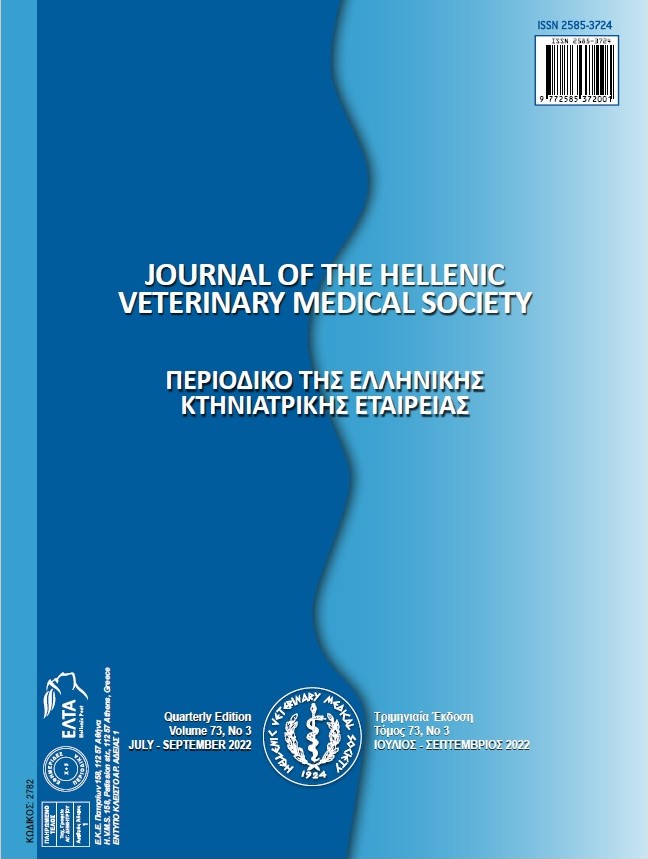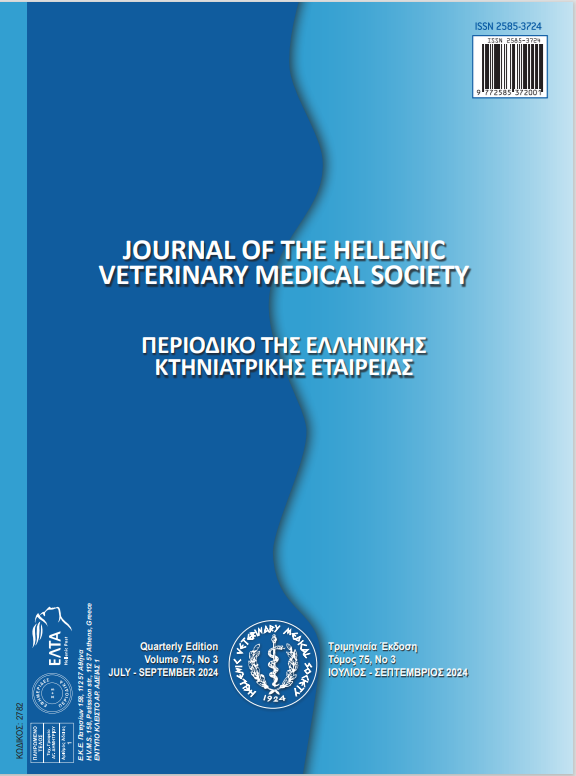Association between white line disease and sole ulcers with certain milk components in Simmental cows

Abstract
Lameness is one of the high influence production illnesses in intensive dairy production farming, it reduces milk yield and can also negatively affect the quality of milk. Many factors can affect the production of milk components. In addition race, nutrition, milk yield, various metabolic disorders, and lameness can have an effect on the synthesis of milk components. White line disease and sole ulcers are widespread hoof diseases of cows in tied-holding systems. Albeit the main cause of lameness, associations between claw disorders of cows and variation of milk components haven’t been widely studied in Simmental cows. The objective of our study was to investigate the effect of white line disease and sole ulcers on the production of milk components of Simmental dairy cows kept in the small households in Mačva locality, Serbia. Cows were selected with a history of lameness. A total of 3 groups of cows: affected by white line disease (n=12), sole ulcers (n=12), and healthy cows (n=12) in the early stage of lactation were selected for analysis of milk components. Milk components (milk protein, fat, and non-fat dry matter) were analyzed using Lactoscan S. Significance of differences in milk component characteristics between white line disease, sole ulcers, and healthy groups were tested using a Kruskal-Wallis multiple comparisons test. The contents of milk fat of cows affected by white line disease and cows affected by sole ulcers were significantly lower than those of non-lame cows: 3.80%, 3.69%, and 4.18%, respectively (both p<0.05). However, differences in the contents of milk protein and the contents of non-fat dry matter cows affected by white line disease, sole ulcers, and in health cows were not significantly different (p>0.05). Our results indicate that hoof diseases of cows namely whitee line disease and sole ulcers, significantly reduce the milk fat production in lame Simmental cows.
Article Details
- How to Cite
-
Ninković, M., Žutić, J., Arsić, S., Zdravković, N., Zurovac Sapundžić, Z., Glišić, D., Bojkovski, J., Giadinis, N., & Panousis, N. (2023). Association between white line disease and sole ulcers with certain milk components in Simmental cows . Journal of the Hellenic Veterinary Medical Society, 74(2), 5843–5848. https://doi.org/10.12681/jhvms.30424 (Original work published July 6, 2023)
- Issue
- Vol. 74 No. 2 (2023)
- Section
- Short Communication

This work is licensed under a Creative Commons Attribution-NonCommercial 4.0 International License.
Authors who publish with this journal agree to the following terms:
· Authors retain copyright and grant the journal right of first publication with the work simultaneously licensed under a Creative Commons Attribution Non-Commercial License that allows others to share the work with an acknowledgement of the work's authorship and initial publication in this journal.
· Authors are able to enter into separate, additional contractual arrangements for the non-exclusive distribution of the journal's published version of the work (e.g. post it to an institutional repository or publish it in a book), with an acknowledgement of its initial publication in this journal.
· Authors are permitted and encouraged to post their work online (preferably in institutional repositories or on their website) prior to and during the submission process, as it can lead to productive exchanges, as well as earlier and greater citation of published work.








